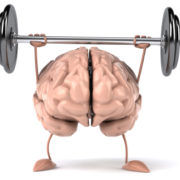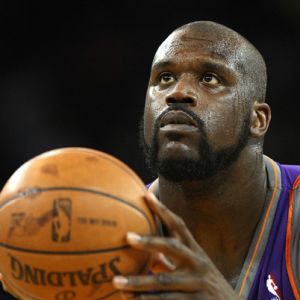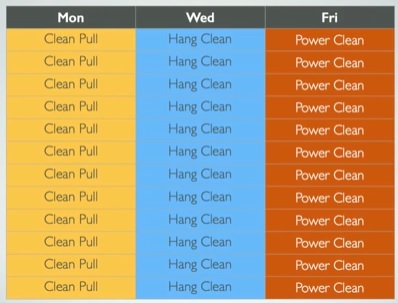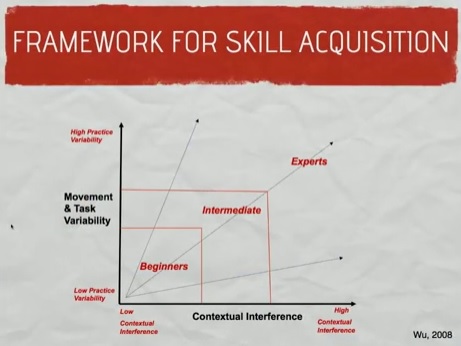Motor Learning Concepts all coaches need to know about
Dr. Mike Young: Motor Learning Concepts All Coaches Should Know & Understand
I encourage everyone to have a look at this webinar. Below are the summary notes I have written having watched it myself.
What is Skill?
In the field, ”be able to accomplish a task with great movement efficiency.”
But…..performance alone is not indicative of skill. You could be a seriously fast runner but highly unskilled at running- with poor running mechanics. They may have great genes and a really big engine.
On the flip side you can have a highly skilled athletes but lacks the physical parameters- they don’t have the strength or the stamina but they do have the movement patterns correct
Performance is ultimately the intersection of your mechnical proficiency and how big of an engine you have.
Muscle memory does not exist– i.e., learning a skill and storing the information in the muscles. The skill itself (motor pattern) and the neural connections occur in the brain.
However, Movement memory does exist
Many of the things that hold true for cognitive learning are the same for motor learning.
TRUE LEARNING IS ASSESSED BY RETENTION– usually in the 48 hour period post practice
For a coach: they may assess Practice versus Competition ability? Can they do it in a match?
The Skill acquisition paradox
– many of the things we think we are doing to benefit our athletes may actually be hindering their long term performance when it comes to motor learning
– A lot of the things we do with cueing and feedback etc get in the way of long term continuous improvement
many of the tactics that we use to enhance skill actually impede true skill acquisition
-The reason is that we are fooled into believing that immediate improvements are indicative of true learning
-The very things that improve performance acutely are often the opposite of what should be done to enhance true skill acquisition
Feedback recommendations
- Type– Knowledge of Results (KR) versus Knowledge of Performance (KP)
- Timing- Concurrent (during) versus Terminal (after)
- Quantity
- Frequency
Type:
KR- Tell them what they did (Outcome- 3.00 sec for 20m sprint) versus KP-How they did it (Process-you got into a great acceleration position)
It is best to focus on the KP- actionable processes that they can change
Timing:
During repeated cyclical continuous task- such as running you could provide feedback during the task. But generally it is best to give feedback after the task especially for acyclical task.
It is generally better to wait to provide feedback at the end.
Quantity:
Quality over Quantity: Clear- Concise- Concrete
Can it be understood by a young child?
Frequency:
Yes beginners will benefit from more feedback but we need to wean them off it!
-Less frequent feedback may be beneficial
-May create dependence on feedback
-Figure it out on your own!
If you give lots of feedback it will help short term performance (in the practice) but not help longer term performance
Attentional focus
Internal (reference to the body- bent your arms to 90 degrees) versus External cueing (provide a global reference- ”push the ground away from you”, ”jump and touch the ceiling”) . Our tendency is to provide internal cues but the research is overwhelmingly in support of providing external cues to improve both skill acquisition and performance.
”Jump to this point” or ”Push the ground away from you” is better than ”when you take off I want you to straighten your legs fully”
Internal references that are typically popular to talk about in textbooks when discussing the technical checklist such as angles at the joints, body positions etc need to be translated into external cues.
Contextual interference
Blocked practice versus Random practice
Blocked:
It is well documented that Shaquille O’ Neal followed this regime and it allowed him to make 80% of his free throws in practice. But in matches he was only able to make 50%. This may be suitable to beginners.
Random:
More suited to athletes who are increasingly skilled
Movement variability
Don’t keep movement patterns the same all the time!
Summary
-
Performance is ultimately the intersection of your mechnical proficiency and how big of an engine you have
- Many of the things we think we are doing to benefit our athletes may actually be hindering their long term performance when it comes to motor learning








